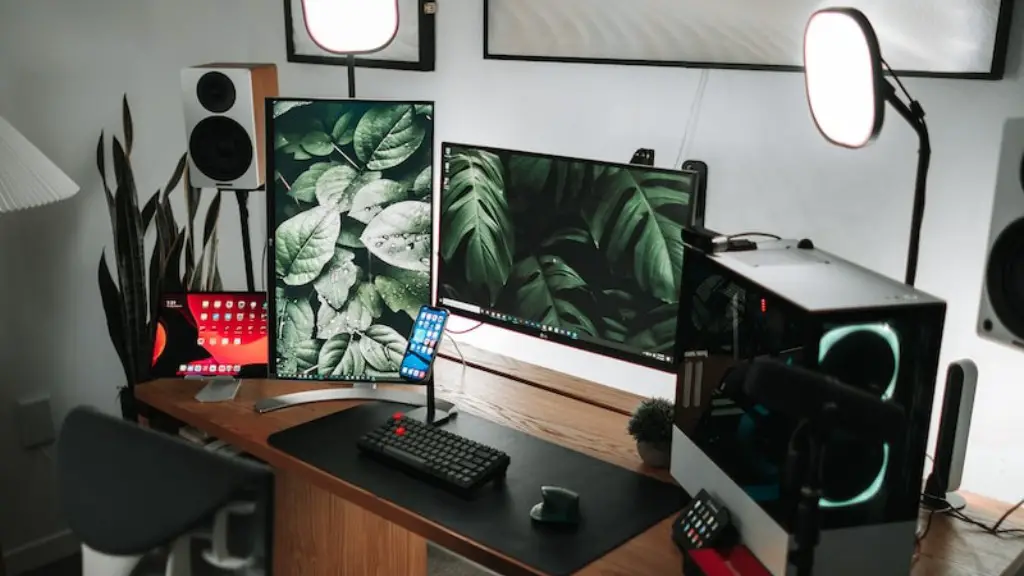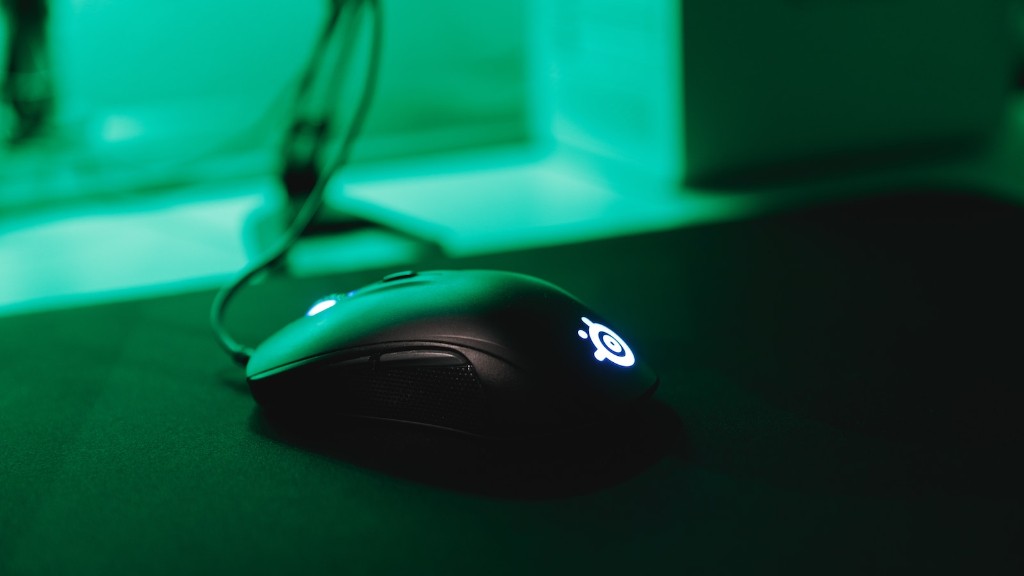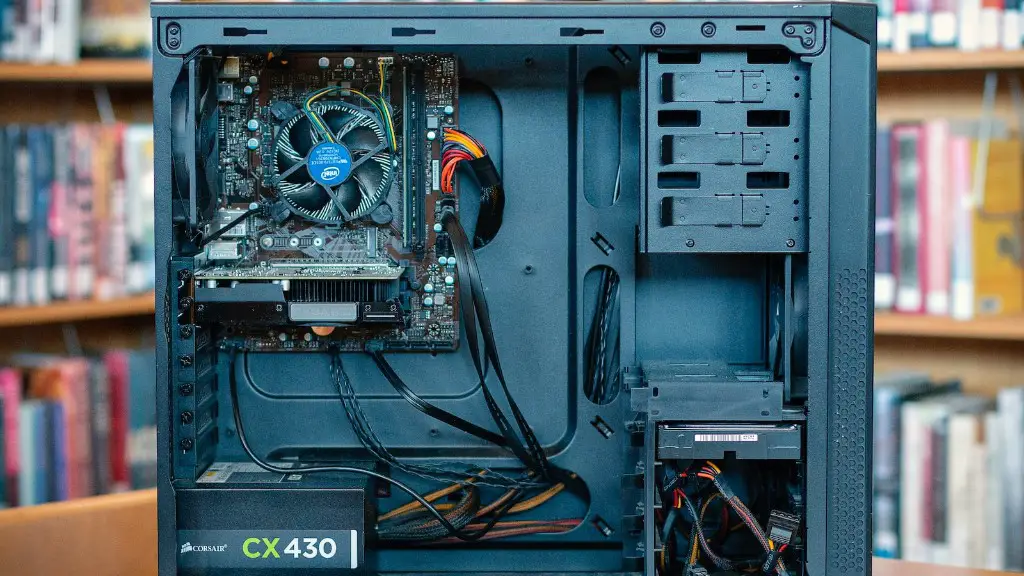Building a gaming desktop computer can be powerful, fun, and rewarding. It is an investment that will enable you to upgrade components over time to remain competitive in the market. The aim of this article is to provide a comprehensive guide on the hardware components and software programs needed to construct a gaming PC. We will discuss the various steps involved, such as researching the right hardware, deciding on the right components, choosing the most cost-effective parts, and installing the software.
When planning to build your gaming desktop PC, you need to begin by researching hardware and software. With so many options out there today, it’s important to decide which hardware and software options will give you the best gaming experience. Consider the best processor for your needs, the most reliable power supply, and the most efficient cooling system to ensure your gaming experience runs smoothly. Furthermore, you should read reviews for all components before purchasing, as well as researching prices for the best deal.
Once you have decided on the components you will need, you should purchase the parts from a reputable supplier. Be sure to double-check that all components are compatible, so you won’t have any problems in the future. Make sure you have the correct cables and fittings to ensure a hassle-free installation. Also, it’s important to create a backup of all your data, should any components stop working. After purchasing the parts, you should begin the installation process.
To begin, begin by assembling each component of the PC. This will require the use of a screwdriver if you are using components that require screws. If you are using a pre-built case, simply fit each piece of hardware into the case and connect the appropriate cables. When installing the CPU and RAM, be sure to refer to the motherboard’s manual for instructions. After the components are installed, you should connect the power supply and then connect the monitor, mouse, and keyboard.
Once these connections are made, you can now turn on the PC and start the installation of the operating system (which is usually Windows). Before you start the process of installing Windows, you need to configure the BIOS. The BIOS settings will depend on the components you have purchased for the computer. Once these settings are configured, the installation of Windows can begin and can be followed through the steps on the screen.
Once Windows has been installed and the PC starts up, you should install the necessary drivers and software applications. Some standard components such as graphics cards and motherboards may require drivers to be installed in order for them to work properly. Additionally, it’s important to download the latest version of software you will use as this will enhance your gaming experience. Finally, you should make sure your operating system is up-to-date, so you can benefit from the latest security patches.
Graphics Cards and PCI Slots:
Graphics cards are a vital component of gaming PCs and are responsible for delivering visuals at a satisfying level. When searching for a graphics card, you need to consider its size, memory, clock speed, power requirements, and ports. Also, you need to think about the types of PCI slots you need to connect the card to the CPU such as x16, x8, and x4. Furthermore, you should look at the graphics card reviews to find out what other users are recommending. Finally, you should purchase the card within your budget and ensure you research the manufacturer.
PowerSupply:
A power supply is essential for powering up your components. When researching for the best power supply, you should research which wattage rating is necessary for your setup. It’s important to understand that a power supply with a higher wattage rating will be more expensive, but will give more options for upgrades in the future. Furthermore, you should look for power supply units that are 80 Plus certified to ensure you are receiving the most efficient power. Lastly, research the best PSU size for your setup and double-check that it fits in the case.
Cooling Systems:
A cooling system is an important factor when it comes to PC gaming. When considering a cooling system, you should consider air-cooled or liquid-cooled. Air-cooled is usually cheaper, but can be louder, while liquid-cooled is usually quieter but costs more. You should look into the different fan types such as axial or blower, and research the sizes (size determines cooling capacity). Lastly, consider the number of fans needed to keep the system cool, but don’t overspend on fans.
Storage:
The storage of your gaming PC is another important factor to consider when building. You need to decide whether you want a hard disk drive (HDD), which has more capacity for a lower price, or a solid-state drive (SSD), which has faster read and write speeds. Many people opt for a combination of both for maximum speed and capacity. You should select the amount of storage you need (i.e. terrabyte) and double-check that it is compatible with your motherboard. Additionally, you should look at the reviews and features of different drives to find the best one for you.
Software Programs:
Software programs are the foundation of PC gaming. You should make sure the software you choose is compatible with the hardware. Some programs require a certain processor or graphics card to work properly. Additionally, you should research the criteria and specifications to ensure you have the right components. Furthermore, it’s important you download trial versions of the software programs just to make sure they run smoothly. After you have installed the software, you can proceed to personalize the look of your PC by downloading backgrounds, while also installing popular and recommended games.
Networking and Firewall:
Having a proper networking setup with a firewall is critical for gaming, as it will protect the data and communications on your PC. Before purchasing a firewall, you should research what type of firewall is best for your setup. Also, research the different types of ports needed for your firewall and double-check your speed with a speed test. Once the firewall is set up, you should consider setting up a router for maximum protection. Lastly, you should look for reputable security companies to make sure your PC is secure and virus-free.
Cable Management and Customization:
Cable management is the art of organizing and cleaning up the cables in the PC to enhance aesthetic appeal and reduce clutter. You need to make sure you have the correct cables and fittings needed to connect all the components. You also need to properly route the cables and look into aftermarket sleeving if you would like a clear and neat gaming PC. Finally, you should consider personalizing your PC by adding custom lighting and personalized parts.


